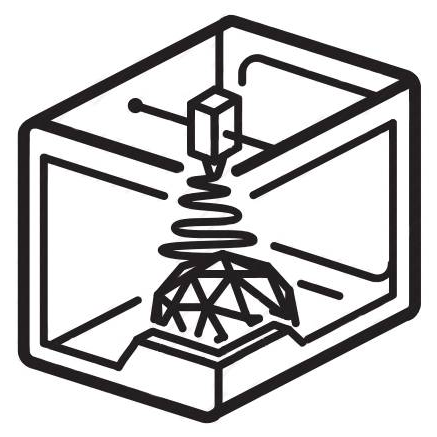
Production of personalized oral dosage forms using a modified 3D printing technology
New technologies
Information
Bahaa Shaqour 1,2 , Aseel Samaro 3 , Bart Verleije 1 , Koen Beyers 1 , Chris Vervaet 3 , Paul Cos 2
1 Voxdale BV, Wijnegem, Belgium, 2 University of Antwerp, Antwerp, Belgium, 3 Ghent University, Ghent, Belgium
Abstract
During the past years, researchers have investigated 3D printing of oral dosage forms for producing personalized medicine. Such dosage forms prepared by 3D printing have several advantages such as better control of drug release, the possibility of small-scale production at a relatively low price and many others. One of the mainly investigated 3D printing technologies is fused filament fabrication (FFF). This technology relies on the continuous extrusion of a melted material while moving in three dimensions in a controlled manner. However, a key limitation of this technology is the starting material, which is in the form of spool of filament. The filament should be designed with suitable mechanical
properties to assure continuous extrusion while 3D printing.
Thus, researchers have been working on investigating suitable formulations that are printable using this technology. Unfortunately, some formulations with interesting characteristics were not suitable for this technique due to poor
mechanical properties for the filaments which acts as a piston to push the melted material through the printer’s nozzle. A new modification to the current FFF 3D printing technology can be implemented by replacing the conventional extrusion system by a screw-based extrusion system. This configuration
overcomes the previously mentioned limitation; as the extrusion is driven by the rotation of the screw.
Thus, diverse formulations can be used to prepare personalized dosage forms.
In this work, a case study to test the capability of this improved FFF 3D printing technology was conducted. Ethylene vinyl acetate (EVA)-based filament loaded with metoprolol tartrate was produced via hot-melt extrusion. After attempting to 3D print this formulation using a conventional FFF 3D printer, it turned out that it was unprintable due to its high flexibility. Afterward, the filament was palletized into a 3 mm long pellets. Then, the pellets were fed to the modified 3D printer to produce tablets. After optimizing the printing parameters, uniform tablets were successfully 3D printed. Such a study provides interesting evidence for new possibilities to test and investigate a more diverse formulation platform using screw-based extrusion system.
Presenting author:
Baha'a Shaqour, Voxdale
